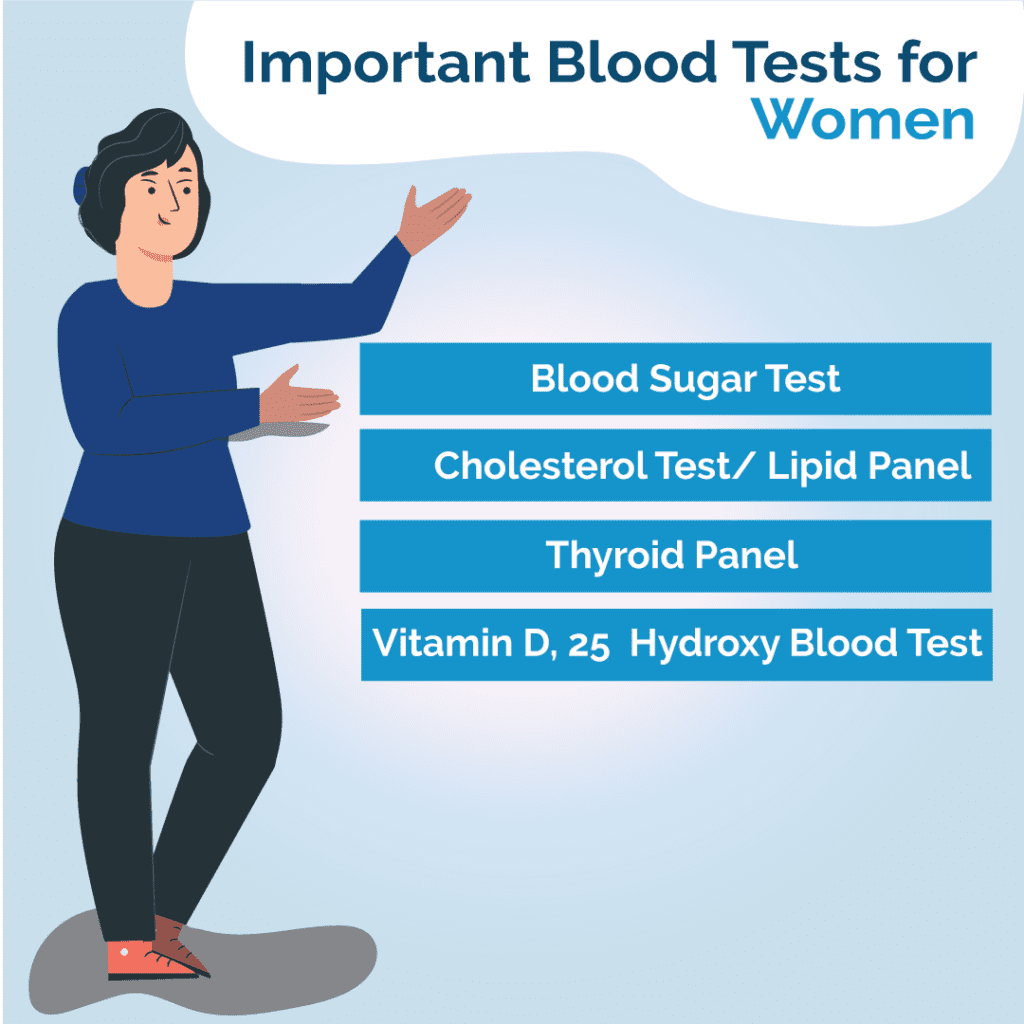
As women excel in the corporate world, maintaining good health is vital. Regular blood tests, including glucose, cholesterol, thyroid, and vitamin D, help monitor well-being. Lab Testing API offers easy access to these tests, empowering women to prioritize preventive care.
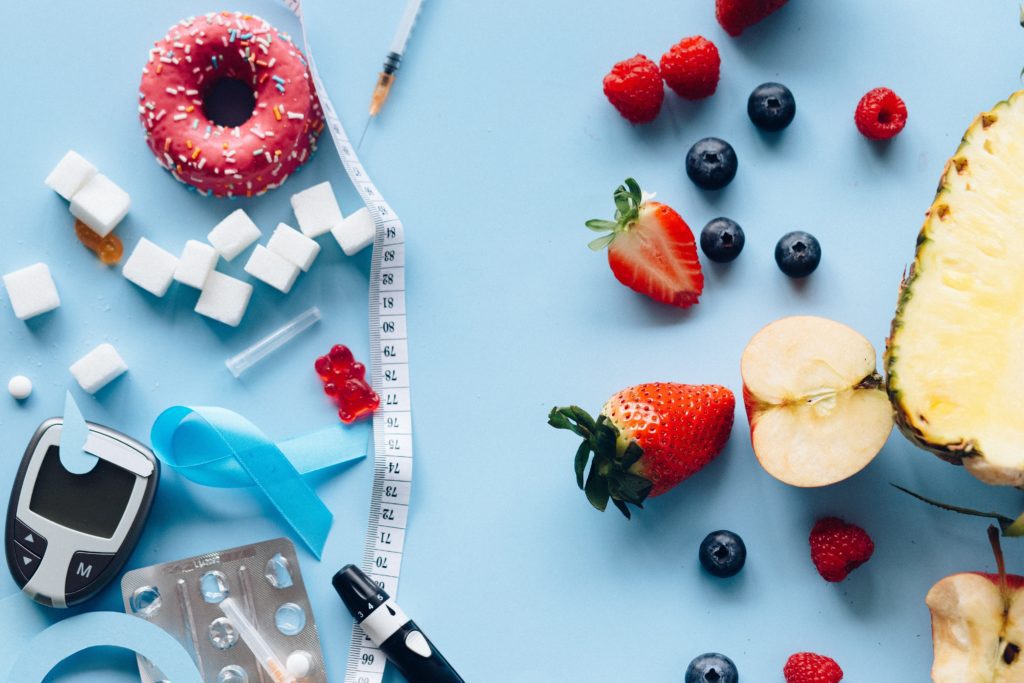
Type 2 diabetes can be managed with weight loss achieved through a healthy diet and exercise. Consult with your healthcare provider to set realistic goals and ensure your plan is safe and effective. Focus on healthy eating by avoiding sugary and unhealthy foods and opting for nutrient-dense ones. Incorporate regular physical activity, monitor your blood sugar levels, and stay motivated. Lab Testing API offers tests to monitor your diabetes and make informed decisions about your health. Achieve your weight loss goals safely and effectively to manage type 2 diabetes and reduce the risk of complications.

Discover the benefits of nutritional diets and popular options like Mediterranean, Vegetarian, Ketogenic, Paleo, DASH, Vegan, and Gluten-free diets. Learn how to choose the right diet for your health goals and lifestyle, and optimize your nutrition with Lab Testing API.
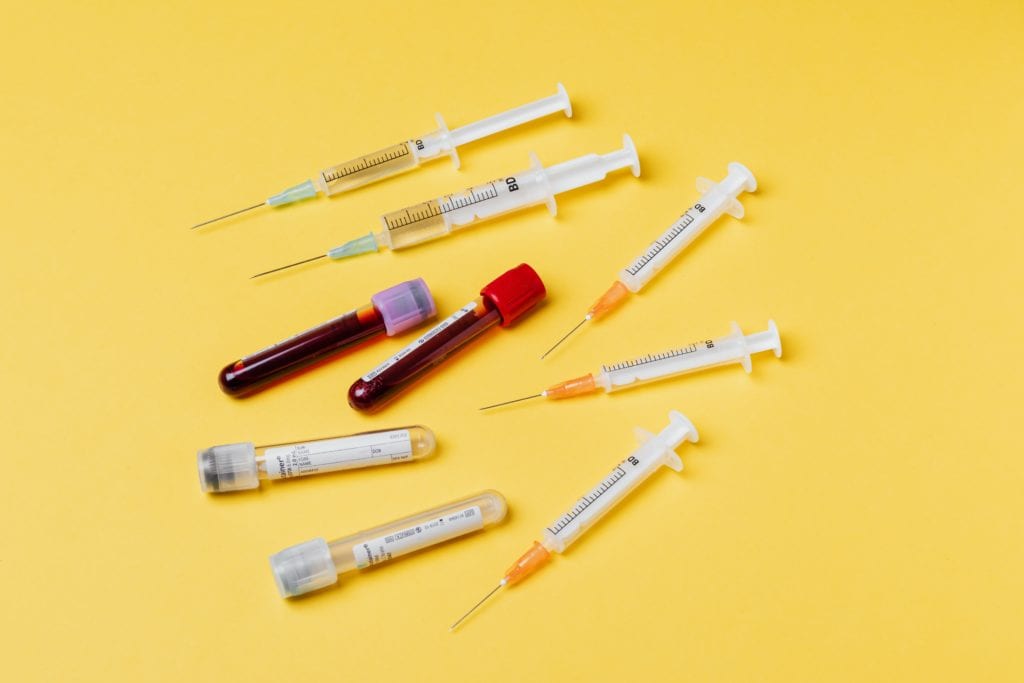
General wellness tests and screenings are a preventative method of managing health risks and improving overall health. This article discusses the five simple general wellness blood tests that are normally suggested during your visit to a healthcare practitioner. Other tests may also be recommended by your doctor based on your personal health profile (PHP).
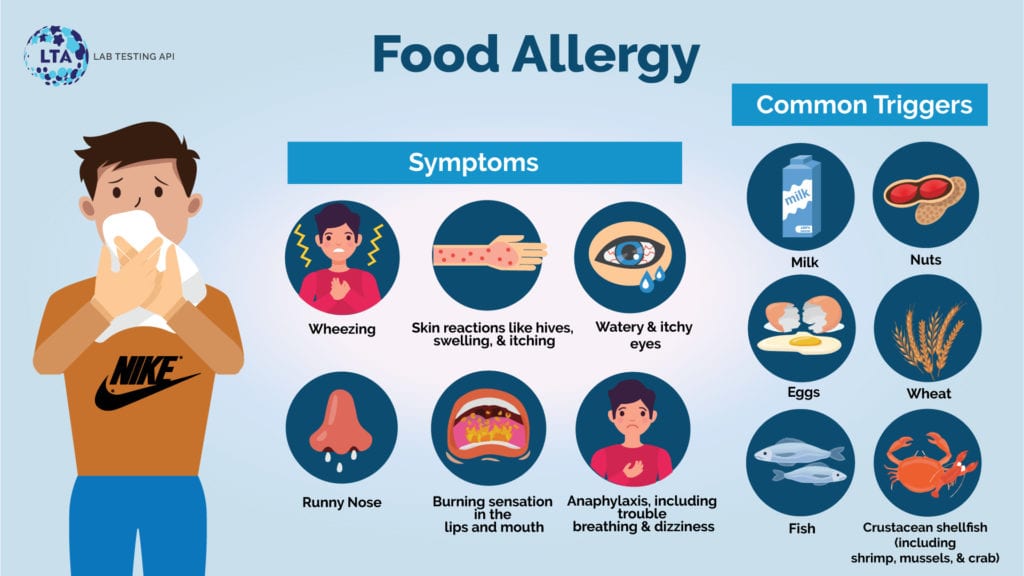
A food allergy is a condition whereby someone’s immune system shows an overblown response to a normally harmless type of food. The most classic example includes difficulty in breathing and a sudden drop in blood pressure due to exposure to peanuts or seafood. In some severe cases, exposure to an allergen can result in a life-threatening reaction called anaphylaxis.

When it comes to the symptoms of PCOS and its association with fertility and weight gain, a large amount of misinformation is available online, which leads to misconceptions. This article is aimed to debunk the common myths about PCOS.

Polycystic Ovary Syndrome (PCOS) is a hormonal disorder in women of reproductive age. It is estimated that somewhere between 6 to 12% of US women and girls of reproductive age are living with it. This article is aimed to provide some useful information related to PCOS, its causes, symptoms, and treatment.
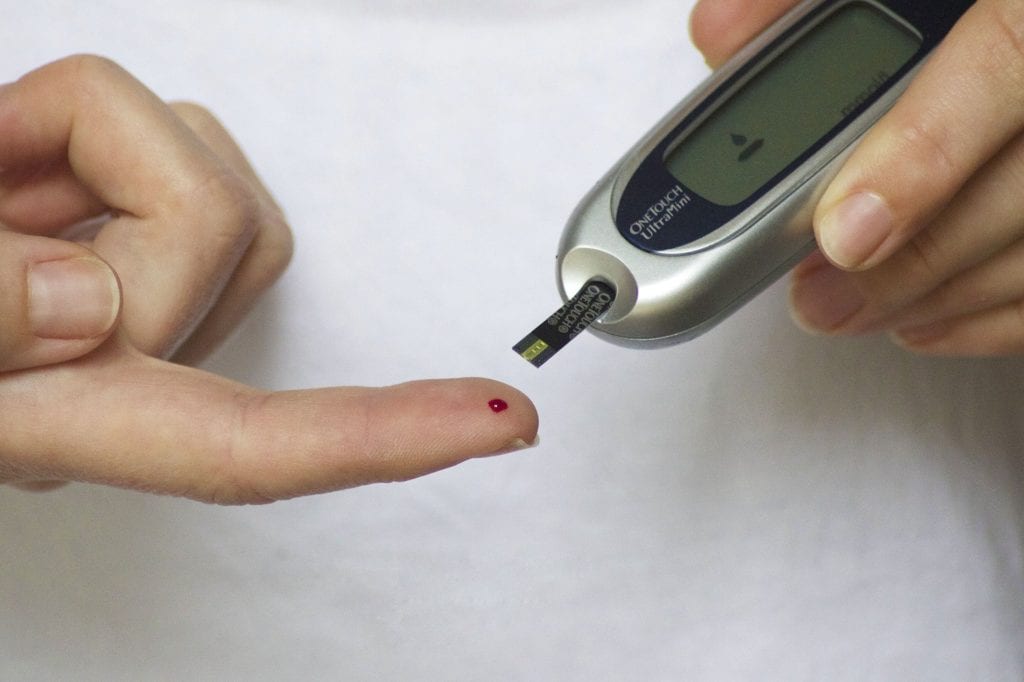
Diabetes mellitus (commonly called Diabetes) is a common metabolic disease. People become diabetic when the glucose (sugar) level in their blood increases. In the condition of diabetes, your body either doesn’t produce enough insulin (insulin deficient) or can’t effectively utilize the insulin made in the pancreas (insulin resistant). Our latest blog post is dedicated to discussing diabetes and its types; the health issues associated with it and various tests available to diagnose the same.
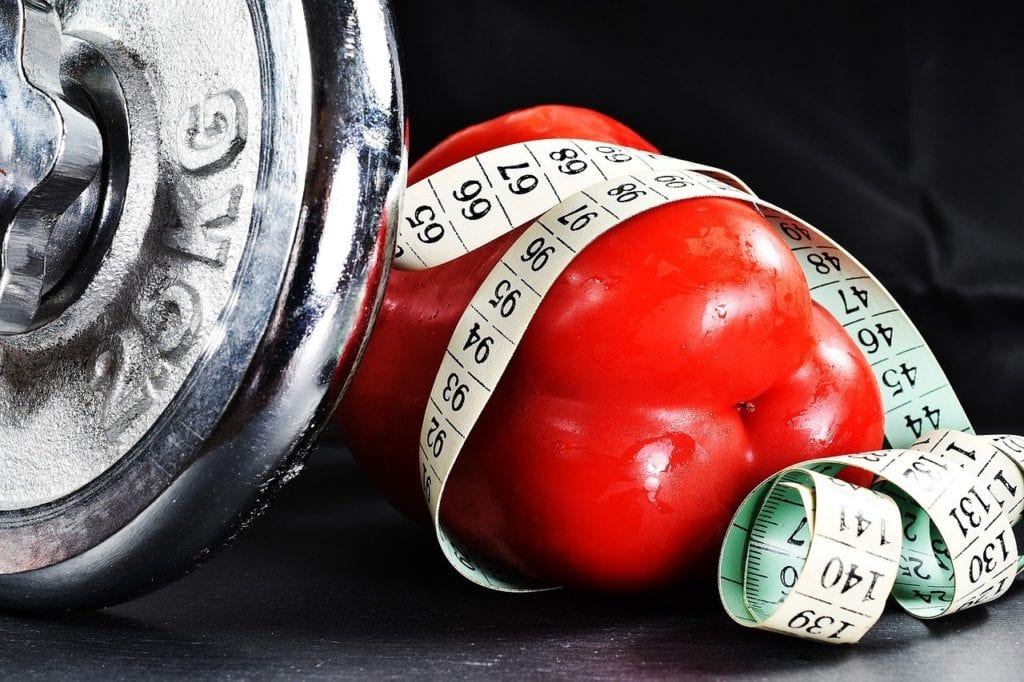
Some amount of cholesterol is needed to keep the cells and organs healthy. But high levels of LDL or bad cholesterol in the body cause the accumulation of fats in the blood vessels. This plaque may lead to heart attack, stroke, or other health issues. The article discusses few natural ways one may utilize to lower down their cholesterol levels.

Cholesterol is a waxy, fat-like substance found in the blood and every cell of the body. Total cholesterol has three main constituents: low-density lipoprotein (LDL), or “bad” cholesterol, high-density lipoprotein (HDL), or “good” cholesterol, and triglycerides (a certain type of fat). There are many unhealthy lifestyle choices that can cause high levels of LDL (low-density lipoprotein) or bad” cholesterol in the body. This article discusses those unhealthy lifestyle choices that one must avoid to keep their cholesterol levels under control.